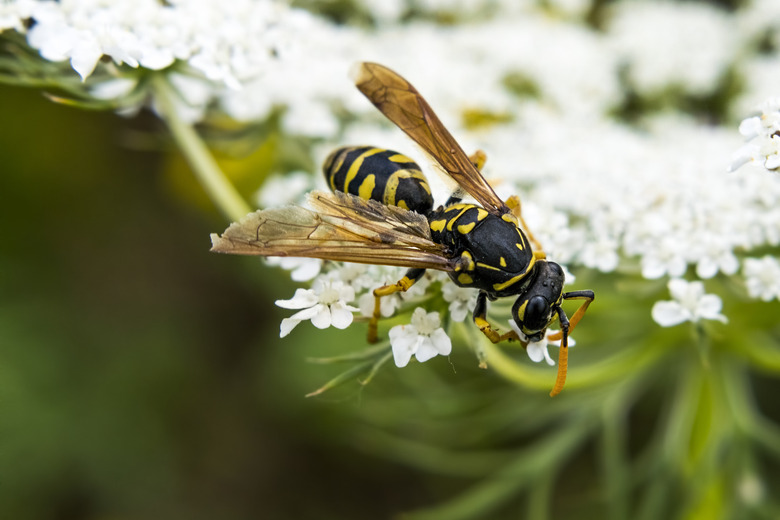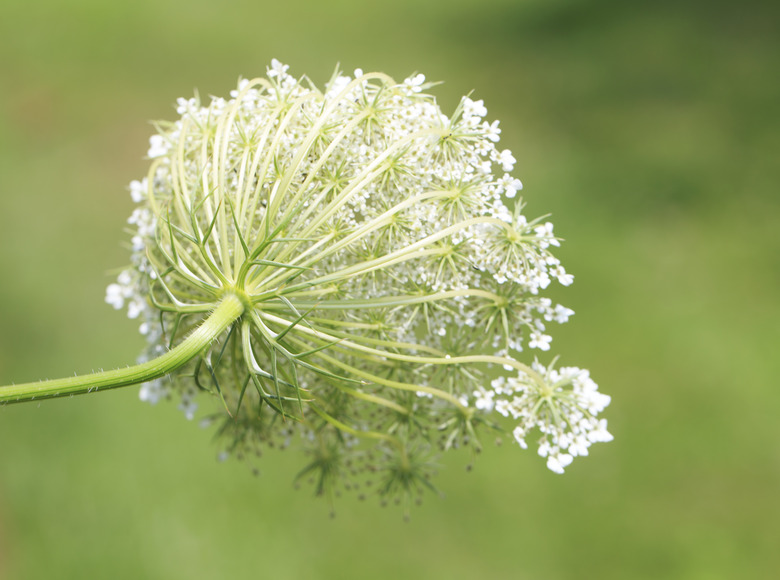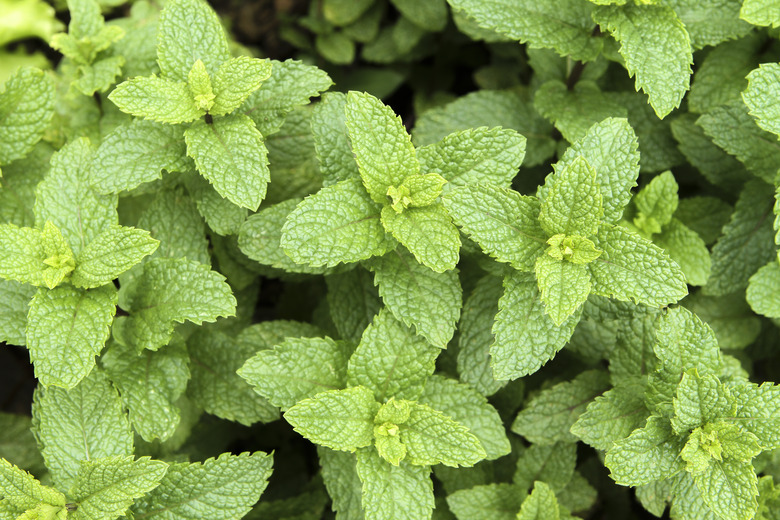4 Plants That Attract Wasps
We may receive a commission on purchases made from links.
For plants and flowers, wasps (Vespidae) are beneficial insects that help with pollination, and they feed on insects that harm plants, which can benefit your garden. However, wasps aren't friendly visitors to outdoor events, where they might be interested in your food or drink and can become aggressive. Wasps, like bees, are attracted to certain kinds of plants. Keeping these plants out of your yard is a good first step to keeping wasps away from your home.
Basics About Wasps
Basics About Wasps
Wasps have large stingers that inject venom, and they can sting multiple times since they don't lose their stingers like bees do. Although this sting is painful, it's usually only irritating if the person is allergic to it. Wasps can either live in colonies or alone, building nests along the eaves of your house or in the ground. Most types of wasps aren't aggressive unless you bug them first, but many of them become very aggressive if you disturb their nests.
1. Sweet Fennel Plants
1. Sweet Fennel Plants
Sweet fennel (Foeniculum vulgare) is a perennial herb with a sweet licorice or anise scent. Small yellow flowers bloom in clusters that attract bees, butterflies, and wasps to the garden in the summer. Fennel grows in full sun and thrives in USDA plant hardiness zones 4 to 9. This herb can sometimes reach a height of 6 feet. In cooking, fennel is used to flavor stews, roasts, or in place of onion, and it's a common ingredient in Mediterranean dishes.
2. Queen Anne's Lace
2. Queen Anne's Lace
This flower is named for the delicate white flower heads that resemble lace. Also known as wild carrot, Queen Anne's lace (Daucus carota) is related to the common cultivated carrot, and the large tap root is edible, but the leaves can irritate the skin. Queen Anne's lace grows to 4 feet tall and can be found all over the United States, growing wild in ditches or dry fields. The flowers bloom from early spring into the fall and can often be seen with buzzing bees and insects, including wasps, which feed on other insects.
3. Perennial Yarrow Plants
3. Perennial Yarrow Plants
Growing to 36 inches tall, yarrow (Achillea millefolium) is a perennial with large clusters of flowers that bloom in shades of yellow, pink, or white. Yarrow is a tough plant that's resistant to drought and pests, growing from zones 3 to 10 in full sun. It's quite invasive if left alone. The leaves and flowers of yarrow are aromatic. Yarrow has been used for medicinal purposes for centuries as an antiseptic or to fight against colds and purify the blood.
4. Spearmint Herb Plants
4. Spearmint Herb Plants
Wasps are attracted to the spearmint plant (Mentha spicata) because of the myriad of other insects attracted to this plant's fuzzy white flower. Spearmint is an herb that is quite invasive, spreading quickly over moist soil. It can be found in most parts of America.
The leaves can be dried and used for a refreshing tea, added to salads, or used as a garnish. Mint jelly is often made from this plant. Spearmint is also used as a treatment for wasp stings.




